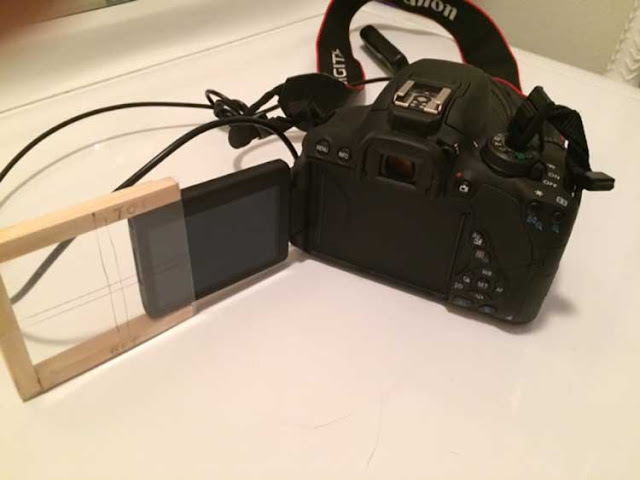Well this is the first post since we transitioned away from a weekly email newsletter to an actual blog. I think this format is much better to meet the goals which I originally had when I first started emailing little notes about my journey as a physicist wannabe and a new beginning amateur astronomer, making the transition from pure armchair cosmology. Although, I initially
started sending out little reports to help me keep track of the travails, failures, successes, and lessons learned along this journey and I had hoped that all of us beginning amateurs would benefit by sharing all of these ups and downs. The blog format supports this goal much more because:
(1) Readers can add comments themselves and have a discussion amongst each other
(2) Have access to all previous emails in an archive
(3) Be able to search for key words or topics through all the previous posts
(4) Setup direct notification whenever a new post is posted without continuously monitoring the blog site
I hope this format works out better. I still plan to make a post about once per week.
By the way, I just put this blog site together in the last couple of days. It is really easy to do this now and you don't have to be a HTML programmer or anything like that. I took a three hour class at Saddleback College last Thursday and put the blog together in just a couple of hours. A few more hours were required to post all of the just about two years of weekly emails to the blog site. The instructor, Bob Cohen, was very good and has his own bog/website at: www.bobology.com
The classroom was not like anything I remember about sitting in typical college classrooms, like at the various physics colloquia, but instead here the chairs and desks are all on wheel and are very flexible and can be moved and adjusted very easily. Check out this photo of the classroom.
Now, so for this first official blog in the new format, I have three photos to share. First, is a photo showing the little crosshair frame I built that just slides over my camera Liveview LCD screen. With the crosshairs, I can zero in right away on a star and get much better alignments.
Secondly, one of the free Coursera courses on astronomy showed this image of the Milky Way rotation curve. Now we think of rotation curves for the solar system as following pure Newtonian orbits, where the objects further from the sun, travel at slower speeds. This indeed is observed for the solar system, but for larger objects like galaxies, we know the orbital velocity does not fall off like pure Newtonian or Kepler orbits, but instead is quite flat out to large distances. This flatness is due to the presence of dark matter halos. Now, I had always seen these plots as very ideal flat curves, but just take a look at the actual data showing rotation velocities.
 |
| Learn about astronomy and rotation curves with Coursera.org |
Boy, is that a mess! That is one neat thing about astronomy, and science in general, we get used to nice pretty flat line curves, and then we take a look at the real data and wow, things sure appear different.
I guess I should share at least one real astro image just to keep up with tradition, so I managed to fit one 600mm image of the full moon (mostly just one day late) from last week.
 |
| Looking at the moon with 600mm telephoto lens (Source: Palmia Observatory) |
So until next time and remember the blog is at:
If you are interested in things astronomical or in astrophysics and cosmology



No comments:
Post a Comment